“It was now light enough to start taking pictures, and I brought my first Contax II camera out of its waterproof oilskin. The flat bottom of our barge hit the earth of France. The boatswain lowered the steel-covered barge front, and there, between the grotesque designs of steel obstacles sticking out of the water, was a thin line of land covered with smoke – our Europe, the ‘Easy Red’ beach” – Robert Capa, June 6th, 1944. D-day, one of the most import days in modern history. Captured by on the most famous photographers, with a Zeiss Ikon Contax II camera.
How to compete with Leica? That is not a very alarming question these days, but back in 1932 it was really. How to create a better camera than the best? A question that was in good hands with Zeiss Ikon of Dresden. Only they had the designers that were up to the by others considered mission impoosible. It had to be superior in every way. The name Contax was chosen for the camera.
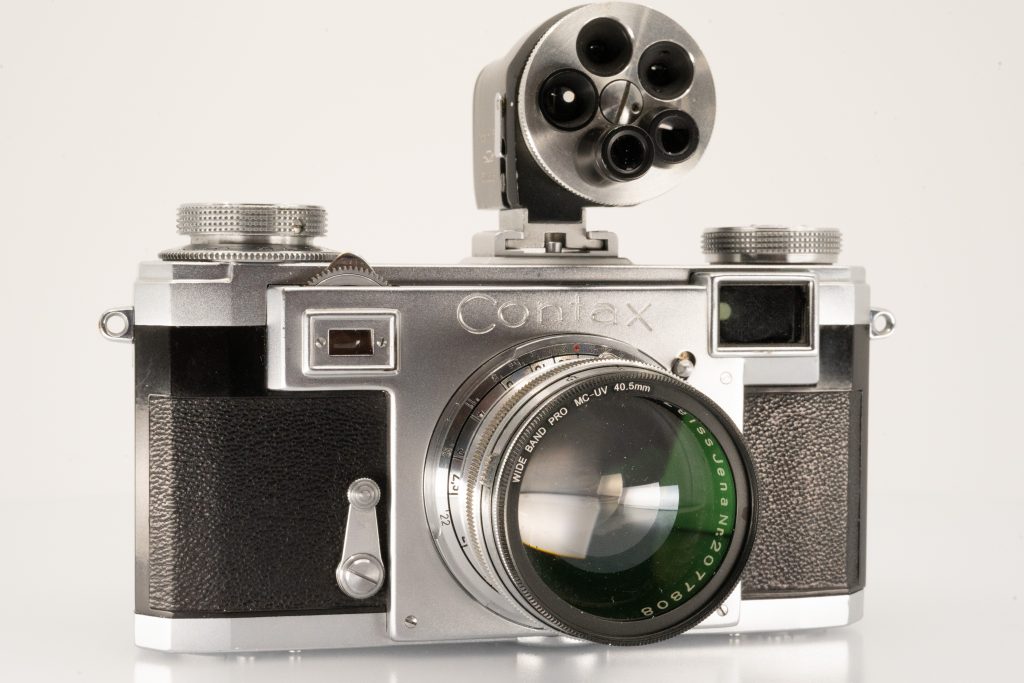
The original Contax I, made between 1932 and 1936 was completely different from the more famous Barnack Leica II. Using a die-cast alloy body, it housed a vertically travelling metal focal-plane shutter, later called the ‘garagedoor’. That novelty alone was responsible to reach an unmatched shutter speed of 1/1250s. But in 1936 the The Contax II was released, a 35 mm combined rangefinder / viewfinder camera combined in a single window. Its chief designer was Hubert Nerwin.
The overhauled postwar Contax lla was the final, impressive Zeiss response to the popularity and demand for the Leica 35mm camera. This demand for high quality 35mm picture making tools was based on portability and the increasing availability of 35mm motion picture film, packaged into spools and marketed to amateur as well as professional photographers. The Contax became the ‘first choice’ among the professional community while the Leica was considered more the choice for well heeled amateurs and practitioners of a more artistic leaning. Not only the camera, also the Zeiss lenses of the day were far superior to all their competitors. The uncoated prewar 5 cm F1.5 Sonnar from 1937, which is shown in the pictures, is still considered to be one of the finest lenses ever produced for the 35mm film format (although it reaches only F11).

The Contax is like a Swiss watch. Everything is matched and tuned. Two big knobs opposite the top already hint to the later SLR camera’s. In teh middle the cold shoe to house a flash or in this case a (Russian) Turret finder that commonly was used to use multiple focal different lenses and choose the correct view. On the back there is the coupled range/viewfinder that provides a 50mm field of view with a large and contrasty rangefinder patch for accurate focusing. For that it uses tinted glass and displays its focusing patch in a square with a gold cast for contrast. The optical rangefinder, with its massive base length of 73mm, is far easier to focus than its contemporary competition. Focussing is easier than on the Leica, smooth by turning not the lens, but the coupled wheel just sticking over the front top. It also locks the lens in it’s infinity position for transport or switching the lenses.

The shutter know rotates both ways and it easily set by lifting it up and slide in in on your preferred time. The winding knob needs two turns to advance to the next photo and stops automatically. On the top of the winding button is also the frame counter. The funny left button -as usual with Zeiss Ikon camera’s- does essentially nothing. It is just a reminder for ASA and type of roll used in the camera. The back has a PC sync connection for manual flashes. The charming front houses the big, specially designed Contax RF mount, a lens release button, the large viewfinder, the rangefinder window and a very precise self timer delay switch.

The back can be completely removed before inserting the film. The camera is easy to operate, heavy, but feels nice in the hand. The viewfinder is of course not comparable to the later SLRs. It takes some getting used to by looking and focusing through a small viewfinder glass. The shutter listens closely, with a nice, solid and quick ‘click’. The camera shows luxury. Certainly for that time a very expensive camera with the fastest possible mechanical (!) shutter speed and already a focal plane curtain instead of a fabric shutter curtain like the Leica.
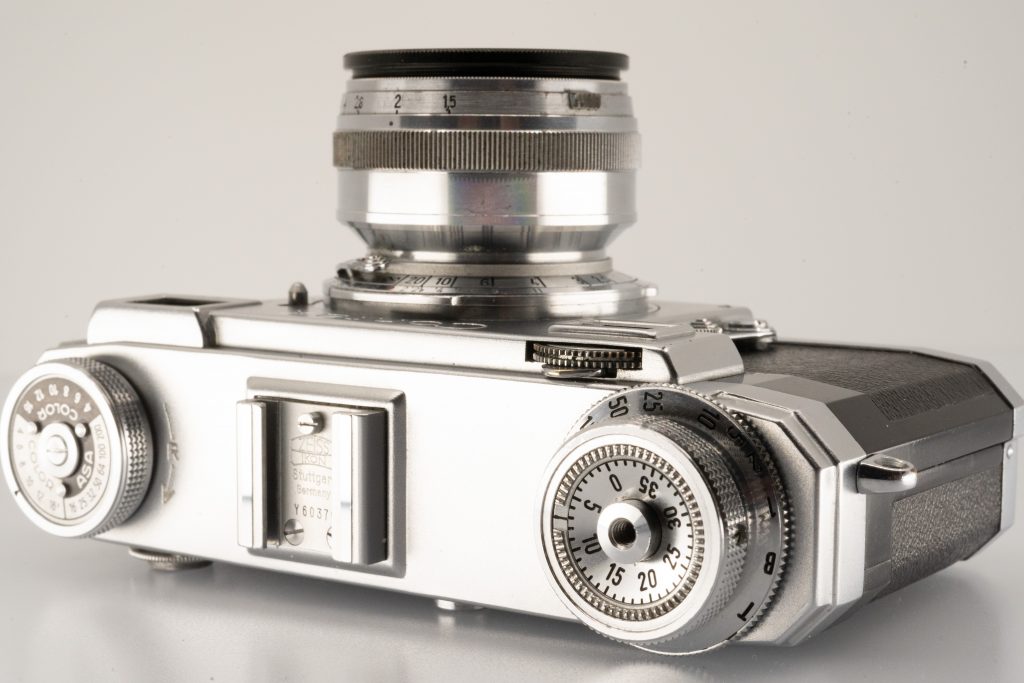
I have given the Contax a CLA by a German specialist, this 1953 gem deserved it. Not because it was necessary, because a Contax is a mechanically superior masterpiece that might function well even without it. But say yourself, such a device deserves the best service because it is still able to take great photos even with contemporary demands. This is partly due to the unsurpassed Zeiss lenses that were made of the best glass for this Contax and were given good coatings after the war. But it is an almost typical Zeiss Ikon mistake to sit too long on the success of a model. The Contax topped the charts between 1936 and 1954, but had to make way for the revolutionary Leica M3. Unfortunate for Zeiss Ikon, but there has never been a good counterpart to that one. The Contax II is the best rangefinder Zeiss Ikon ever made, even they tried the Contax III with a built in selenium light meter, but it destroyed the typical smooth design and never became the same success.



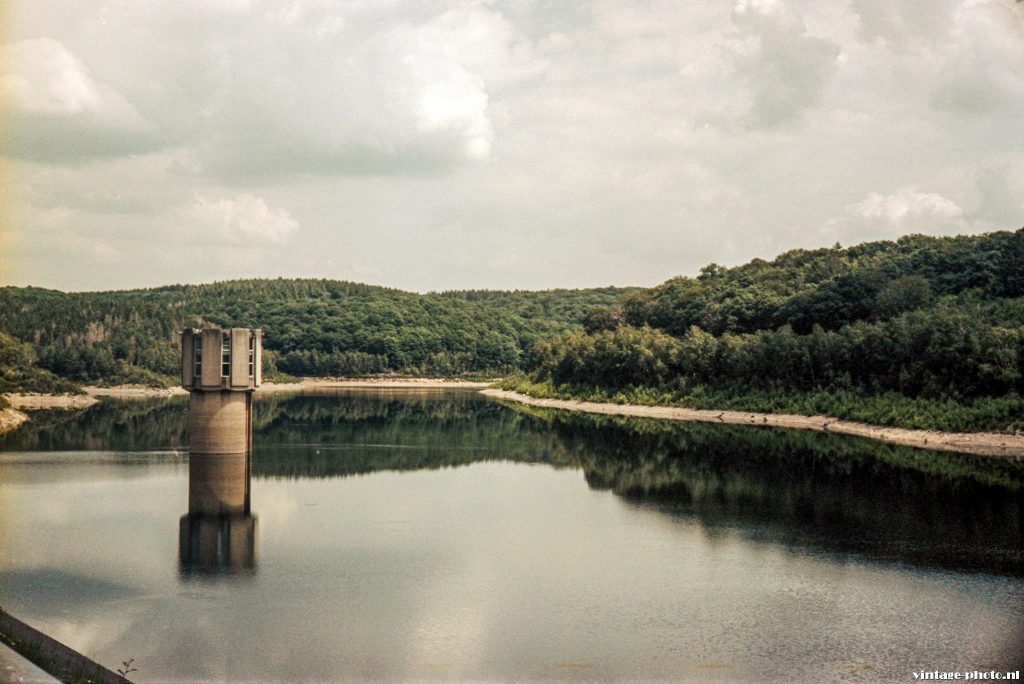

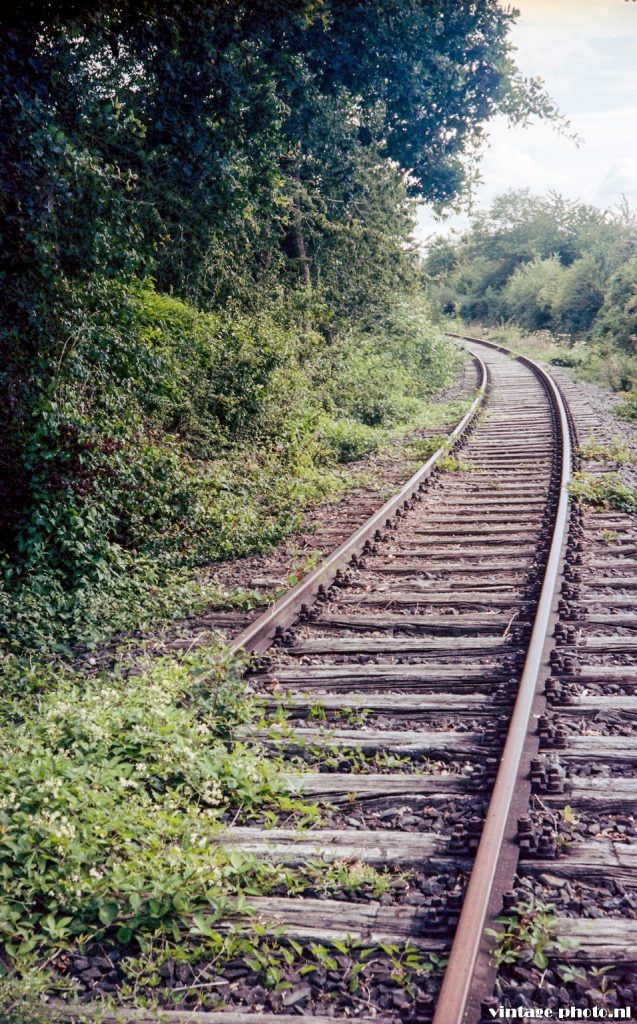

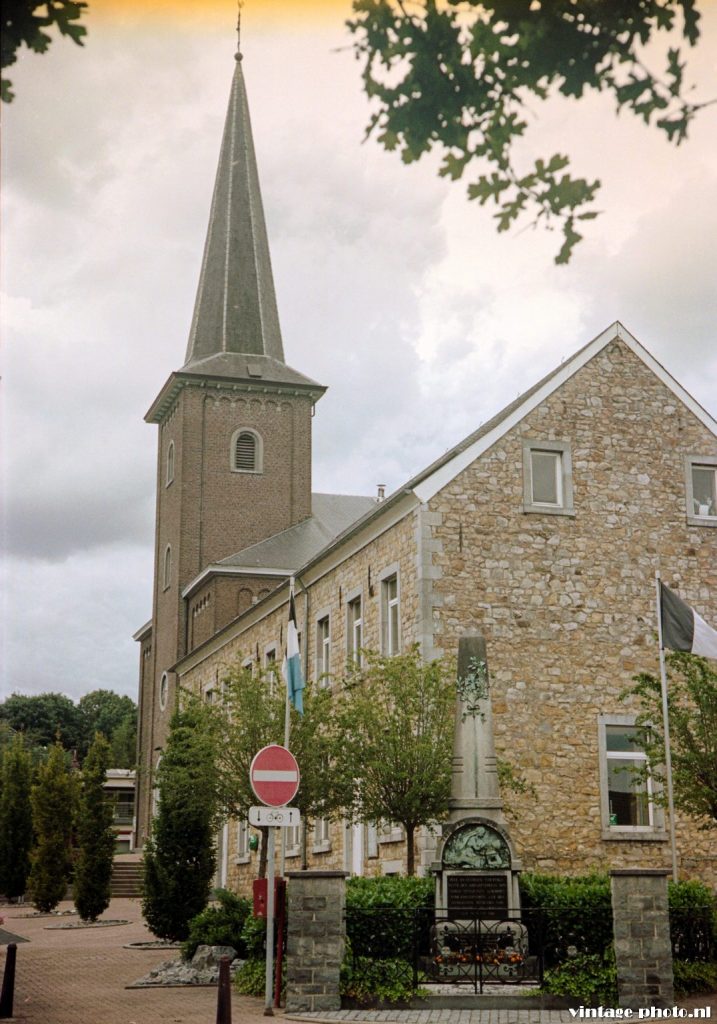
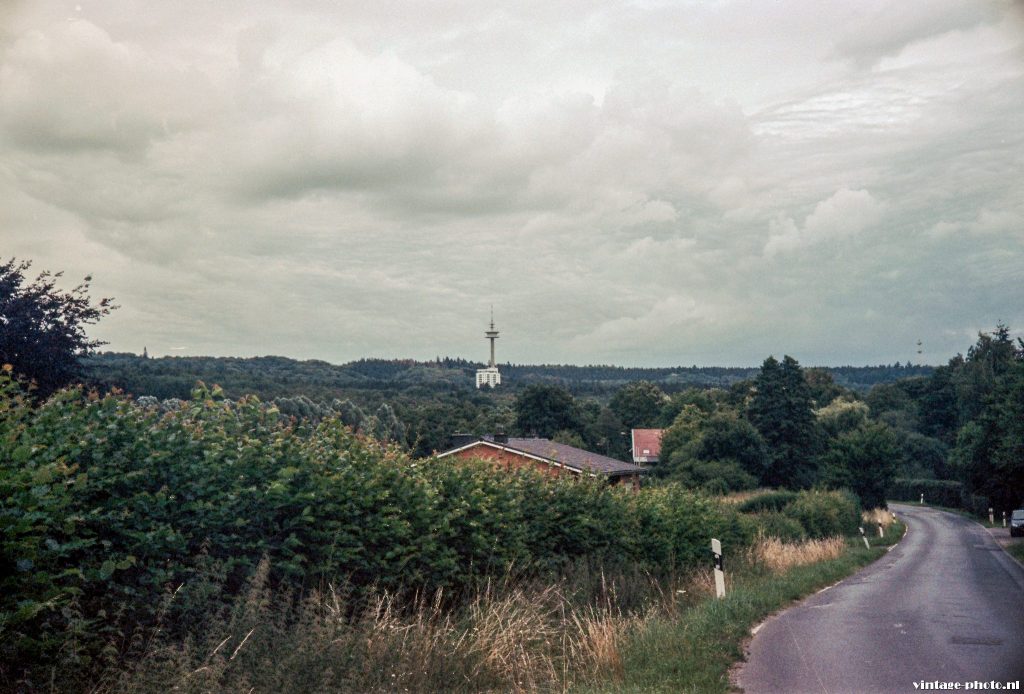

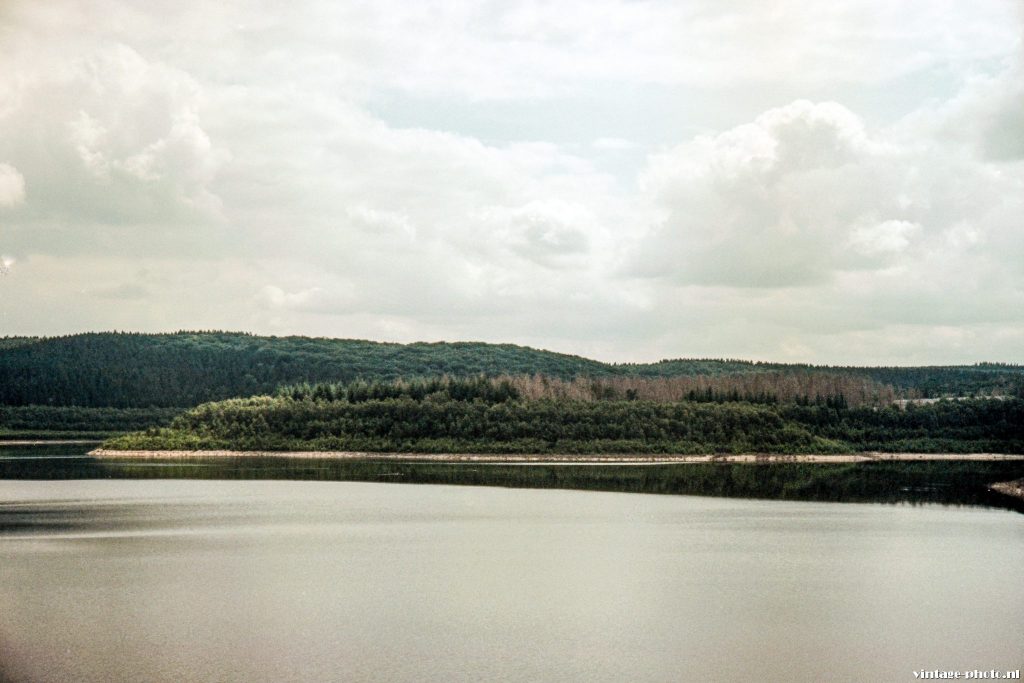
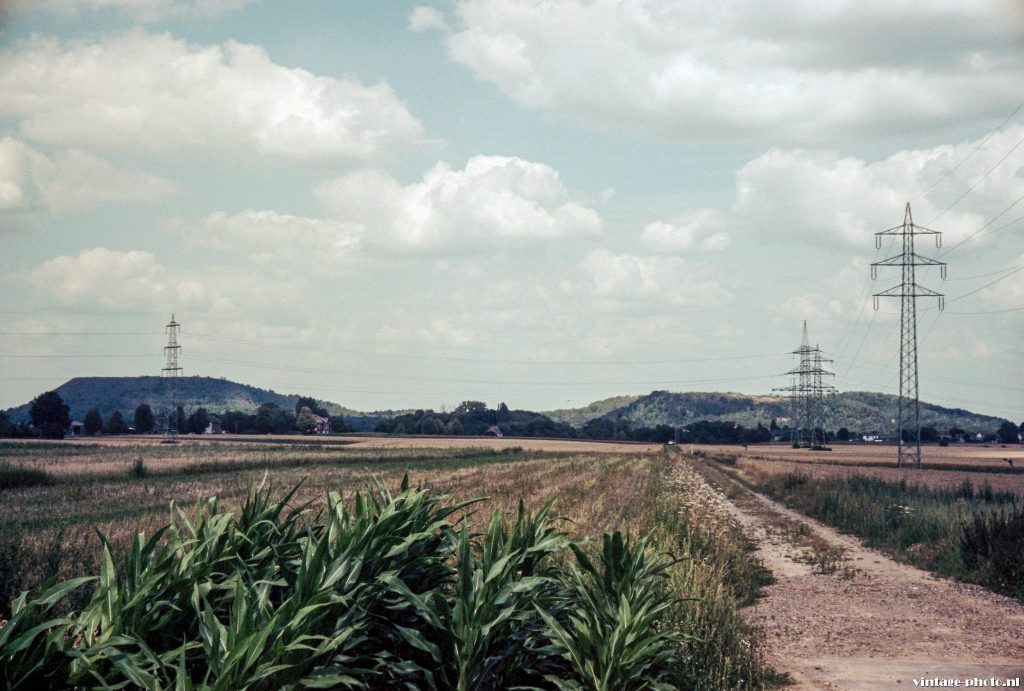

Thirty Years with Contax IIa and Contax IIIa:
I was twenty-two years old when I set out to buy two classic cameras, in one day at a local camera store, here in Vancouver B.C. Canada.
The Contax IIa camera featured in this blog, gave me the inspiration to mount the Leitz Viooh Universal Shoe Mount Viewfinder to my Contax IIa from early 1954, with the Pre-War Carl Zeiss Jena Collapsible Sonnar 5cm f2 that came with the 40.5 Hoya UV filter and rubber lens hood. My other camera is the Contax IIIa from 1957 that came as a kit with the Carl Zeiss Rigid Sonnar 50mm f1.5 lens, 40.5 Walz Polarizing filter and rubber lens hood. I bought this camera together with the IIa, as a matching pair. The two Contax cameras was the equivalent to one Leica M3 Single Stroke camera with 50mm f2 Summicron for $2,452.80 after taxes ($4,502.42 adjusted to inflation).
The Selenium Photometer on the IIIa still works, but how accurate I have yet to determine, since I only use Sunny f16.
I have 2 Contax II and 1 Contax IIIa (that one has a shutter problem). I also have a very nice Kiev 4am which is a Contax II. I use the f2 Zeiss glass and 35mm Nikkor. I also have the 80mm Zeiss and a 135mm Zeiss (don’t use them much). Love the 50mm and 35mm, however.
So can I use a VIOOH with a Contax IIa ?
I recently bought one for my Leica IIa and was hoping to use on my Contax as well
Like Eric (who commented above) I have a Kiev 4 from 1975 which is the Soviet version of the Contax III. – albeit with an even loger EBL of 9cm.
As you say the built-in light meter spoils the lines and although responsive is not accurate.
The focus wheel is like a little cutting wheel on my fingers and the shutter cocking knob is also sharp. The speed setting dial fights being moved.
But I love it, as I do my other Former Soviet Union cameras, a Zorki 4 and a FED 1G.
I have made the journey through film-based Japanese SLRs and digital DSLRs, through rangefinder-like high-end digitals, to mirrorless and now back to film and ‘proper’ rangefinders.
Hopefully, one day I will find enough pennies and the right Contax – that is one that is not just a Shelf Queen but one that I can use occasionally as well as admire constantly.
I have been attempting for avoid the Contax iia. My fear was that I would lose interest in my Leica iii cameras.
One night I found a Contax iia with a Zeiss Sonnar 50mm f2 lens. The seller sold it to me “as is.” In other words, I was taking my chances. I loaded Kentmere 400 and tried it out. Everything appears in order. Now I can’t put it down.
Unfortunately, my Leica cameras are collecting dust.